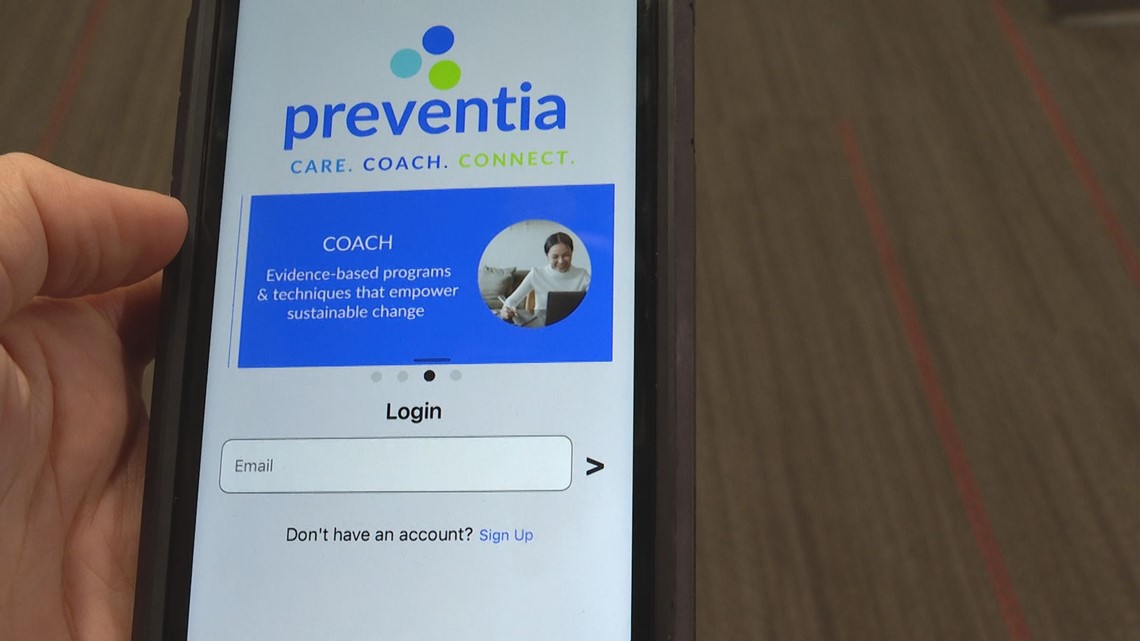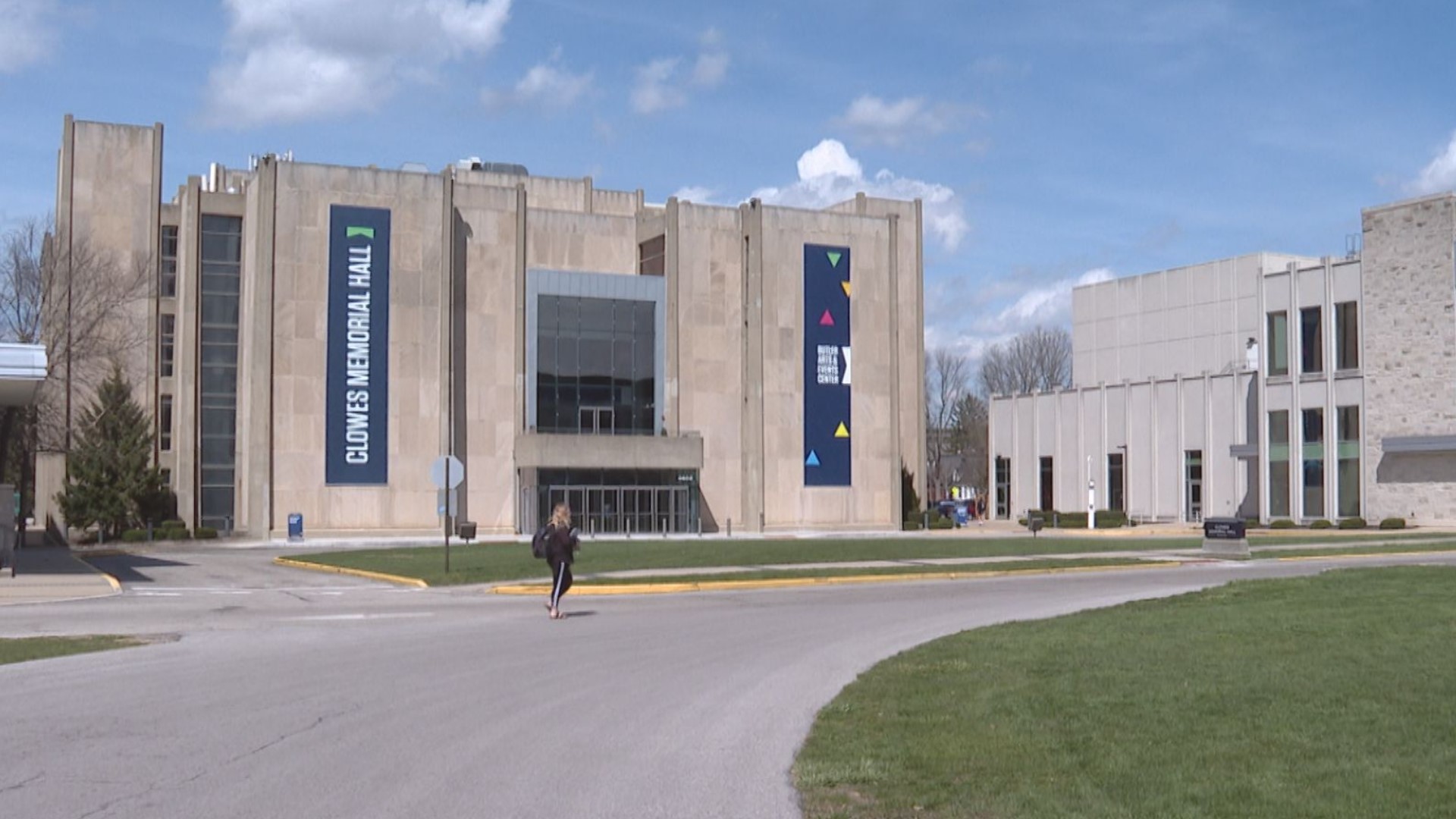INDIANAPOLIS — Students are pushing ahead on their higher education paths as the pandemic continues into its second year.
But the stress and strain are taking its toll as more and more students across the country turn to mental health resources, like therapy, for help.
Butler University is stepping up to offer more resources and meet its students in new ways in an effort to keep up with this heightened demand on their campus.
"There is a huge need right now for mental health services on campus," said Keith Magnus, Butler University's director of counseling.
Magnus said his office is seeing more students coming in for help this year than ever before.
"We are very, very busy," Magnus said. "We've had about a 30% increase in our services this year compared to the last couple of years."
This year, Butler University expects to see about 700 students all coming in for mental health services. Some are coming because they feel isolated, according to Magnus, while others want to deal with issues they put to the side when COVID cases were surging.
They want to help as many as they can.
"It has been challenging to keep up with demand. So we've done a few things to try and address that. We've hired a couple of additional therapists. I also hired temporary staff to help keep up," Magnus said.
Now, Butler students can turn to a new app for mental health resources, including access to teletherapy, to make sure they can talk to a trained therapist quickly, wherever they're at.
RELATED: Experts warned COVID would hurt students' mental health. Now, teachers are living that reality
"Students can certainly use us and will use us, but in addition to that, they can get online, get on their phone and very easily get mental health services," Magnus said.
University leaders say they're glad to see so many on campus feeling comfortable making their mental health a priority. They're hopeful these new tools will ensure every student gets the help they need.
"Trying to keep up with demand as best we can by bringing on some more providers, having teletherapy that they can access, having other tools," Magnus said. "Just trying to wrap around and meet students where they are."
The app is called Preventia and it's available for all Butler University students. Once students register and log in, they can use the app to request mental health services, including teletherapy and get a response within 48 hours.


The idea behind the app is to ensure students can get help no matter where they are - at home, between classes, or anywhere on campus. With the pandemic, teletherapy offers students the option to avoid in-person meetings if they're not comfortable coming in for in-person therapy.
It's a free service for students.
Butler is also stepping up its focus on student mental health through the "Student Well-being and Institutional Support Survey" -- or "SWISS."
The idea behind the survey is to gauge student well-being and determine what the university needs to do differently to offer better support for students.
Bridget Yuhas, executive director of the Institute for Well-being at Butler University said Butler was the first university to take the SWISS survey and they plan to implement some of the results next year. Now, 19 other schools around the U.S. are jumping on board with SWISS after seeing its success at Butler.
"The institutions were interested in getting this kind of data from their students to help their practitioners then increase supports where students are saying they really need them, as opposed to just trying to do programming and outreach without knowing what's going to work best for students. This helps direct resources and staff time and energy in places where they need it the most," Yuhas said.
In the survey, Yuhas said students told Butler they want to see more support in the first year, coping strategies, tips on resiliency as well as ways to interact with different people. The results can be broken up into small groups, according to Yuhas, which allows the university to look at results based on student characteristics rather than just an average which helps them target their potential responses.
“So breaking things out by class standing or racial and ethnic identities, gender, first-generation status. That helps us direct our action to the places where it’s most needed as opposed to having a one-sized fits all approach,” Yuhas said.
When student health needs are met, Yuhas said achievements go up, GPAs improve, and retention rates increase, which is good for both students and the school.

